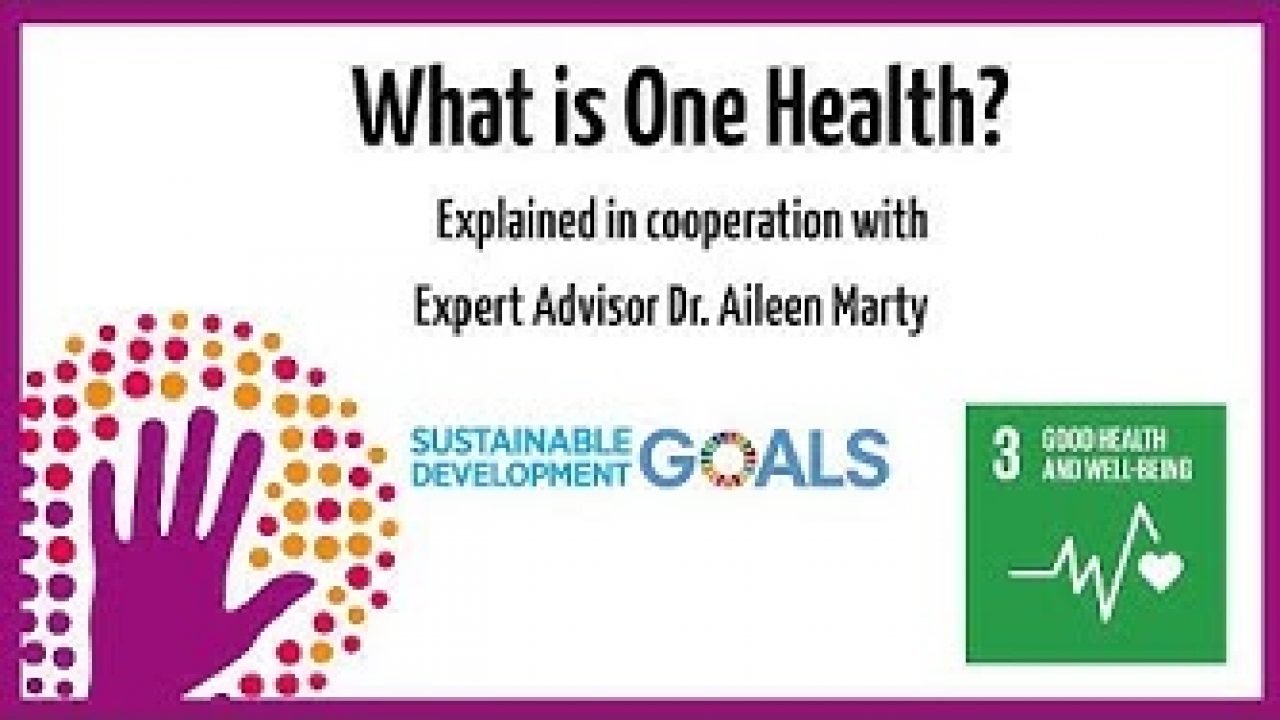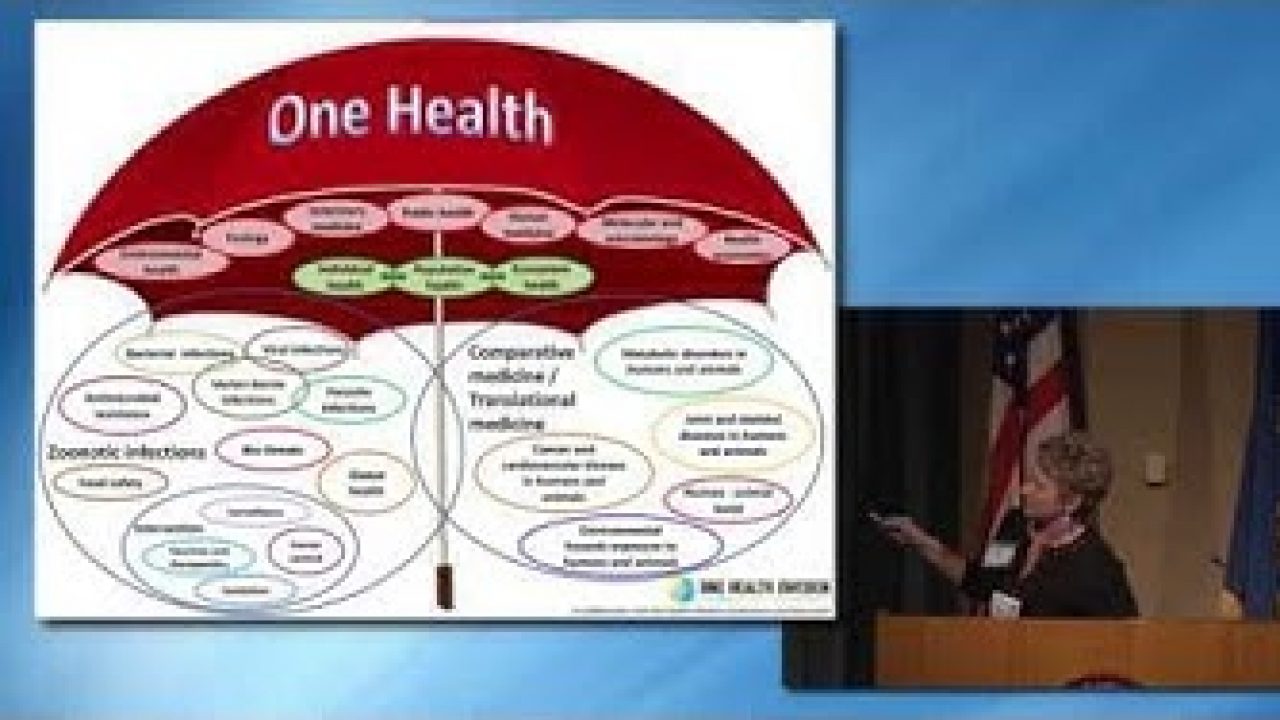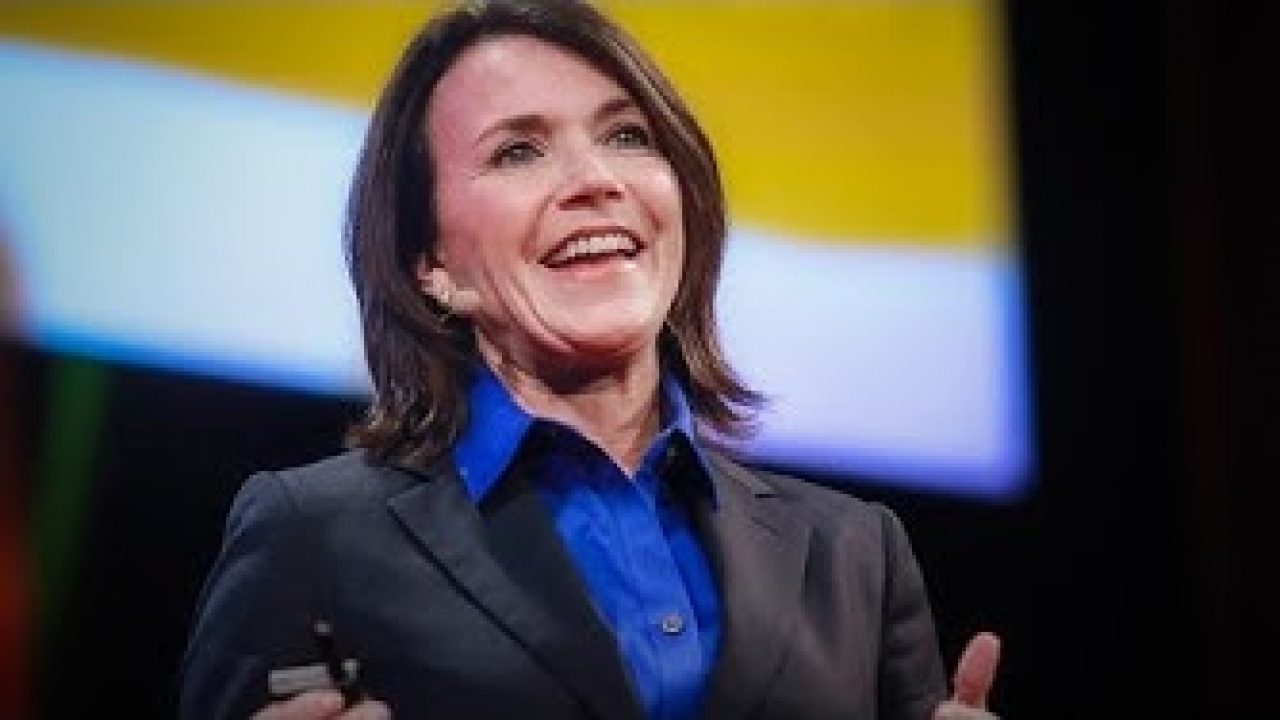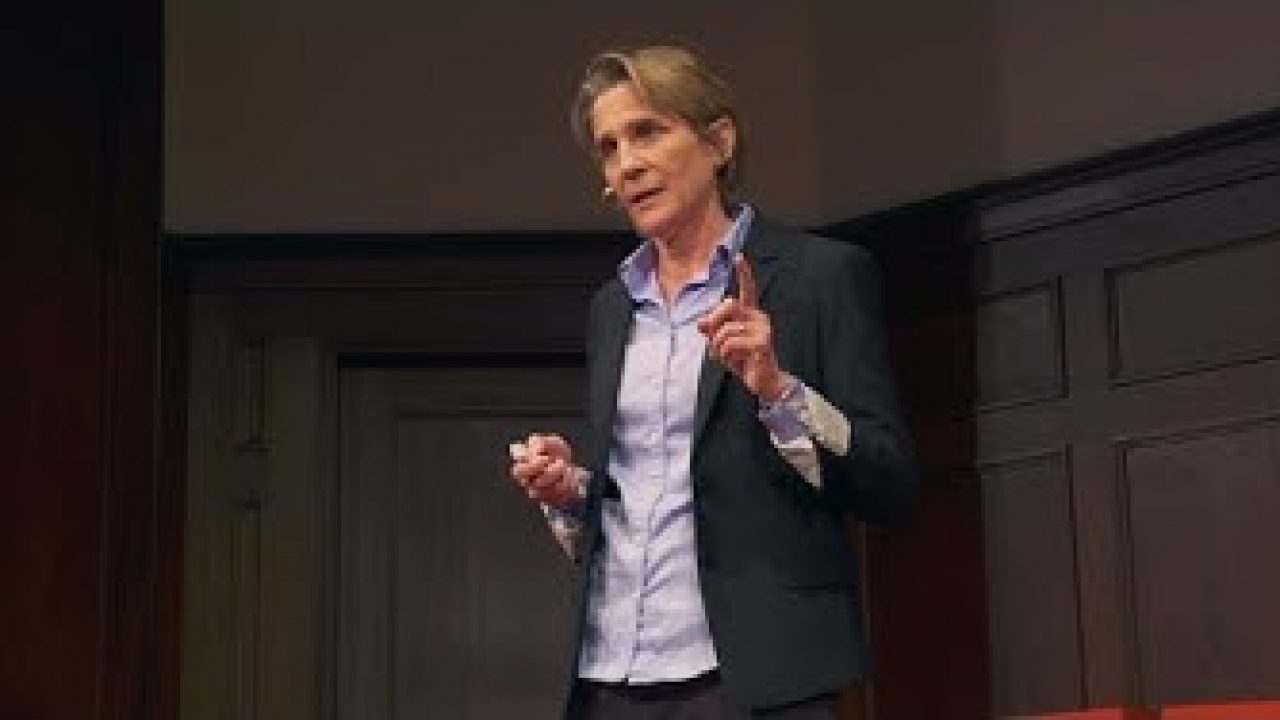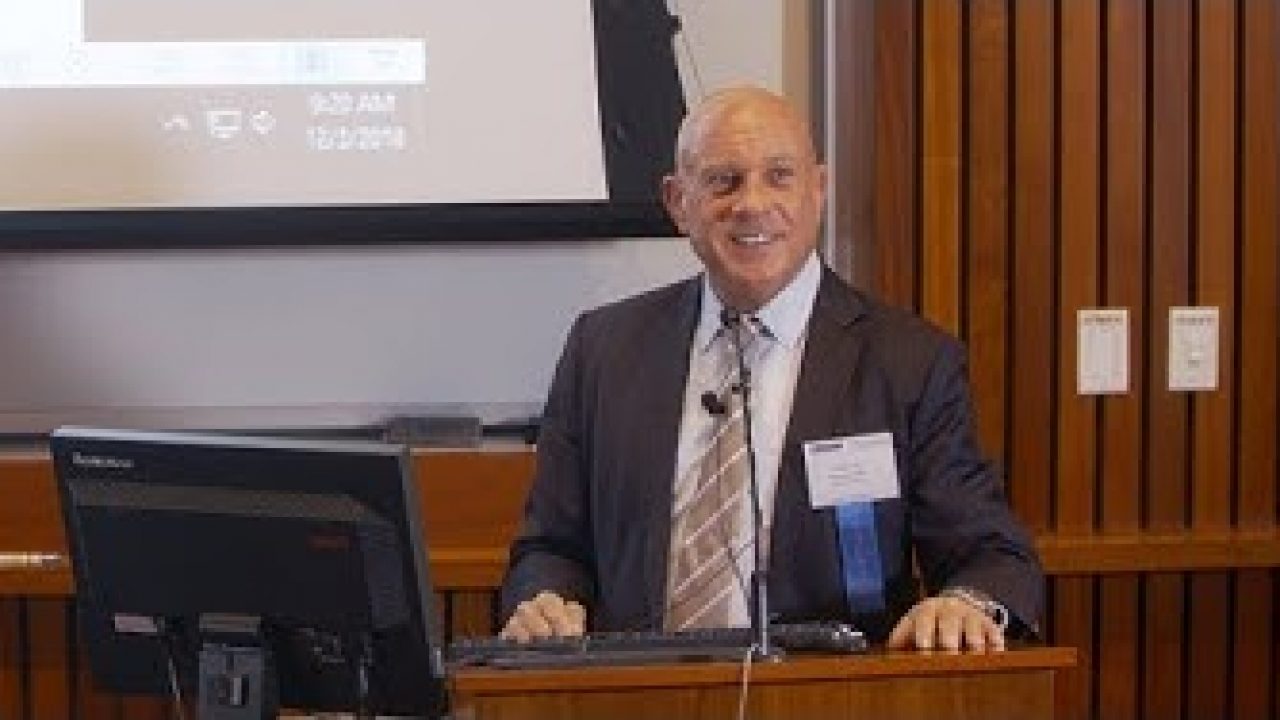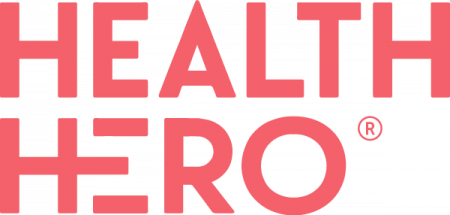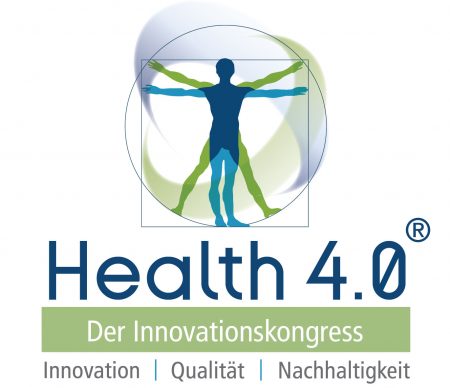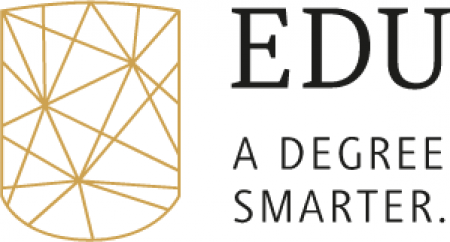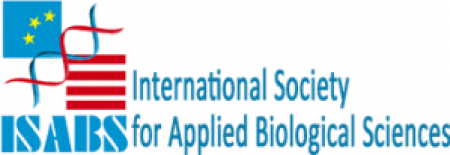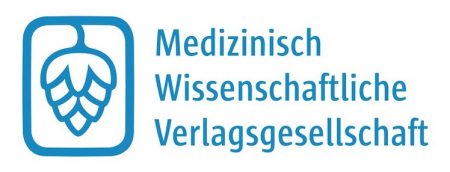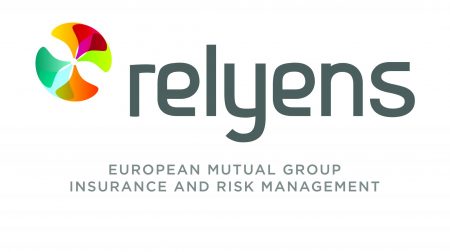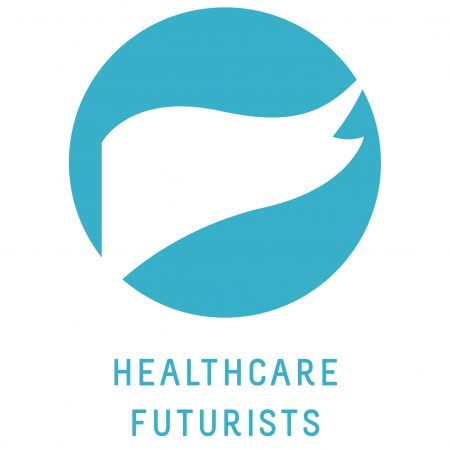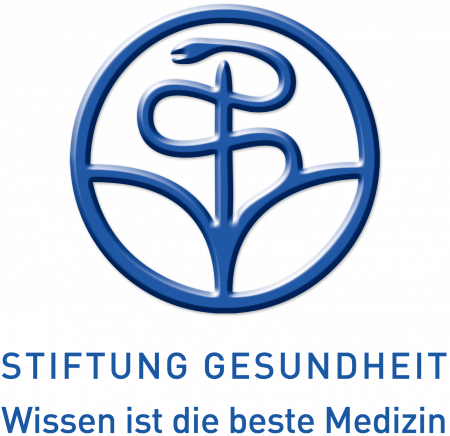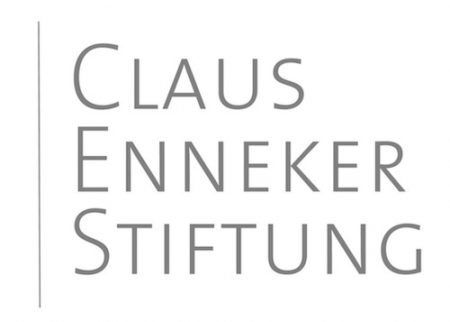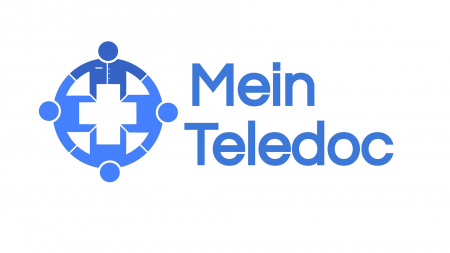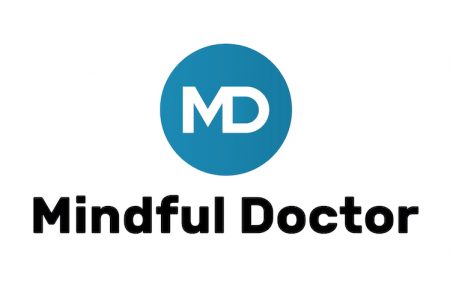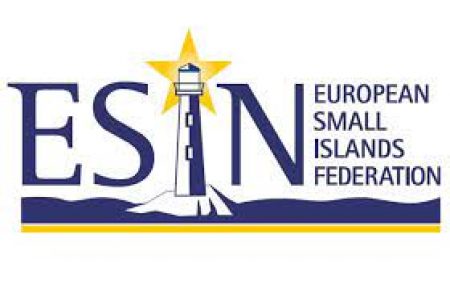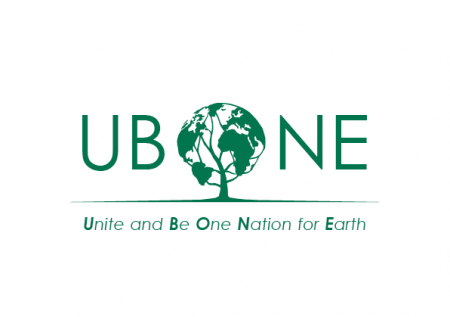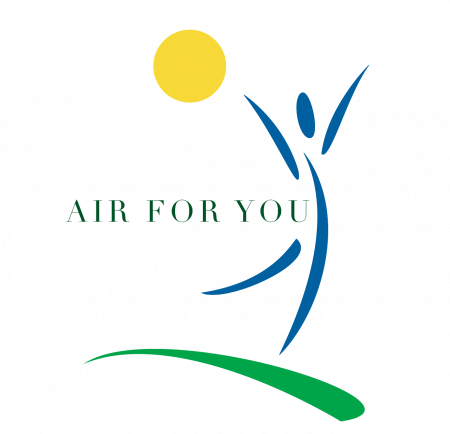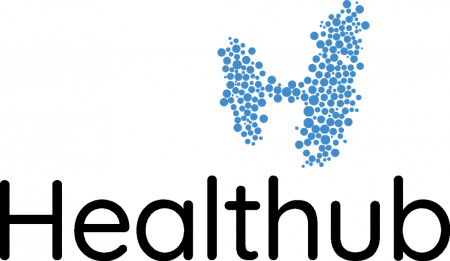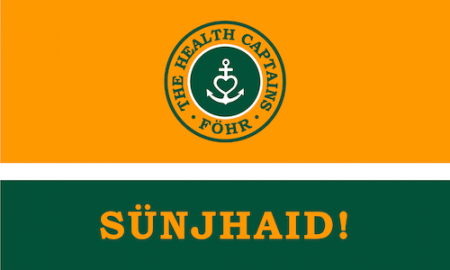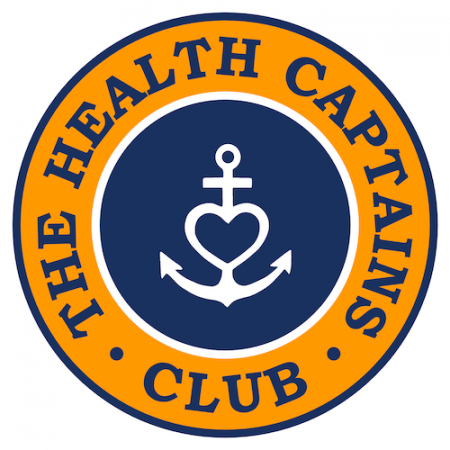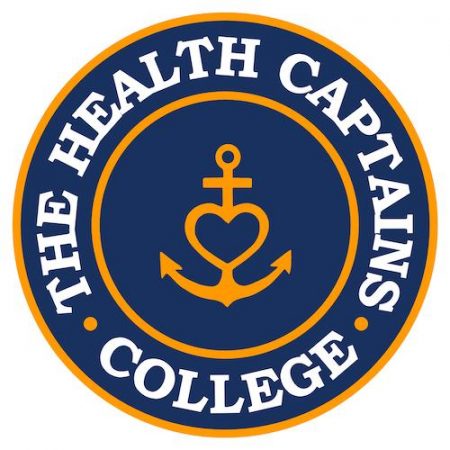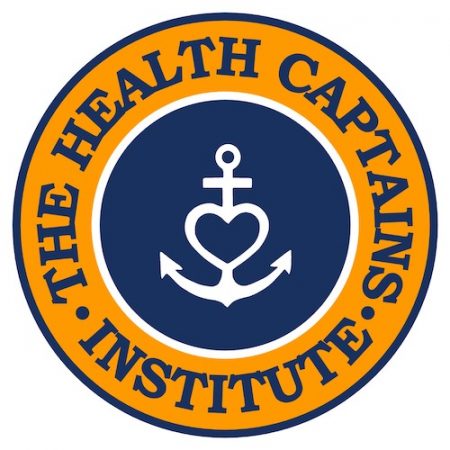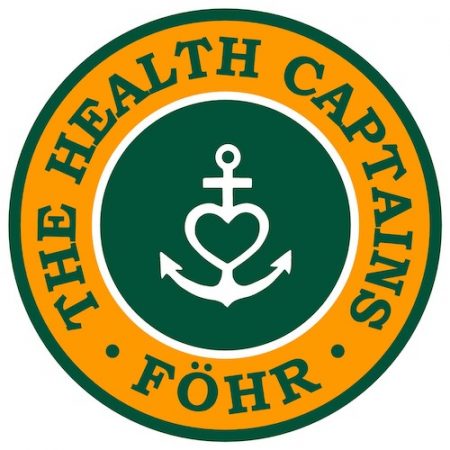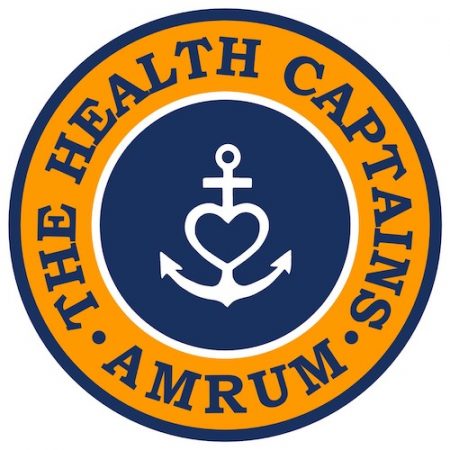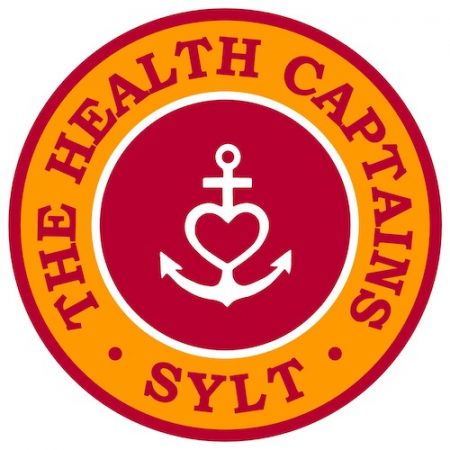
NAVIGATING TOWARDS
ONE HEALTH LIFECARE
What is ONE HEALTH?
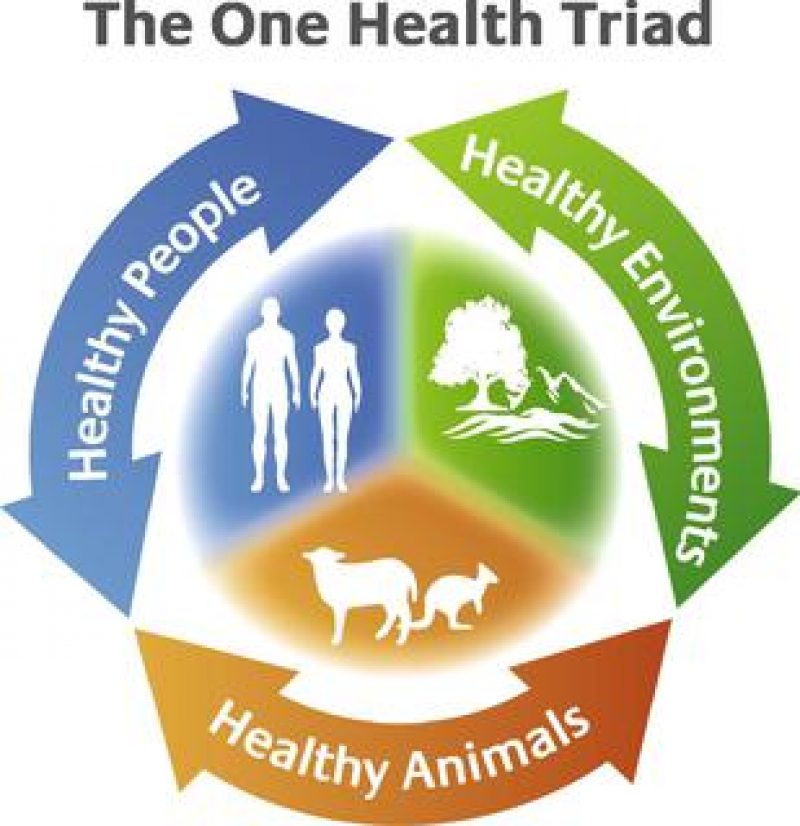
THE HEALTH CAPTAINS CLUB is navigating for #NewNormal towards ONE HEALTH:
“One Health” is built on a simple understanding – that human health, animal health and our shared environment are part of a deeply interconnected system. We connect the #OneHealth Concept with the global value-based Healthcare Sustainability for Health Concept to deliver Value for the individual Patient and as value-based strategy towards #OneHealth.
ONE HEALTH
The concept of One Health is the unity of multiple practices that work together locally, nationally, and globally to help achieve optimal health for people, animals, and the environment. When the people, animals, and environment are put together they make up the One Health Triad . The One Health Triad shows how the health of people, animals, and the environment are linked to one another. With One Health being a worldwide concept it makes it easier to advance health care in the 21st century. When this concept is used, and implied properly it can help protect and save the lives of both people, animals, and the environment in the present and future generations.
“No one discipline or sector of society holds enough knowledge and resources to single-handedly prevent the emergence or resurgence of diseases while maintaining and improving the health and well-being of all species in today’s globalized world. No one country can reverse the patterns of land-use change, marine degradation, carbon release, soil degradation, environmental pollution, and species extinctions that, if left unmitigated, undermine the health of people and wildlife. Intensive work within each discipline is essential to develop expertise.” — The Berlin Principles for #One Health
ONE HEALTH LIFECARE
Introduction
Lets start with some definitions and concepts. Sustainable Health is defined as a personal commitment to actively participate and take needed actions to maintain your own health and to act pro-actively preventative, e.g. through healthy food intake, abstain from any drug use, exercise, and generally to keep your mind and body in shape. However, the greatest impact on your personal health is having a stable socioeconomic environment and by ensuring that public health (and with that personal health) is protected from climate change and other related environmental effects.
The healthcare industry is among the mist carbon intensive sectors in the industrialized world. It is responsible for around 4.5% of the global greenhouse gas emissions and a similar percentage of toxic air pollutants. The US healthcare system for example is responsible for 25% of the total healthcare related greenhouse emissions. [1]
Sustainability for public health aspects has been defined as the capacity to maintain services at a level that will provide ongoing prevention and treatment for a health problem even after termination of major financial, managerial, and technical assistance [2]. With that the current delivery system and financing structures in the western world need to be considered unsustainable with in-equal health resources distribution and a growing number of people that do not – or have only limited – access to sufficient healthcare, especially for secondary and tertiary services. The only way to solve that is to redesign some – or all – parts of the health delivery and financing together with the stakeholders (individuals / patients, health providers, insurance companies and companies, governments, and others directly or indirectly involved). [3]
Planetary Health
Planetary health is a complex transdisciplinary field that attempts to provide solutions addressing the impacts of the human disruptions to our planet and all live on it. While we have managed to improve – in average – the health and wealth of the global population we have also caused a sharp decline in the health of Earth. We have caused the global temperatures to rise year after year through increased environmental pollution, exploitation of natural resources, rising population, reduced biodiversity / freshwater supplies / farmable lands, and other related negative activities. Humanity has had and continues to have a dramatic impact on the planets natural systems and its ability to heal itself.
The quality of the air we need to breathe and the water that we require to survive is decreasing and certain areas on this planet have become uninhabitable causing people to leave and relocate to other areas.
We already see and feel the impact of all these changes and some of the poorest areas are hit the hardest. Everything is interconnected and what we do today has an effect for the coming generations. We all know that, but it is nevertheless important to repeat and make everyone aware of the fact that the human health can only improve or be maintained with good ‘planetary health’. To achieve that we need to work across boundaries and transdisciplinary … and we need to do that fast. Figure 1 shows the interconnection between the underlying drivers (consumption, advances, economies), their effect on the ecological drivers and what they cause with respect to the planets health and eventually to human health. [4]
One Health
One Health combines sustainable and planetary health towards an integrated, unifying approach that aims to balance and optimize the health of people, animals and ecosystems. It recognizes that the health of humans, domestic and wild animals, plants, and the wider environment (including ecosystems) are closely linked and inter-dependent.
The approach mobilizes multiple sectors, disciplines and communities at varying levels of society to work together to foster well-being and tackle threats to health and ecosystems, while addressing the collective need for clean water, energy and air, safe and nutritious food, taking action on climate changes and contributing to sustainable development.
Today’s health problems are frequently complex, transboundary, multifactorial, and across species, and if approached from a purely medical, veterinary, or ecological standpoint, it is unlikely that sustainable mitigation strategies will be produced.
The One Health model has gained momentum in recent years due to the discovery of the multiple interconnections that exists between animal and human disease. Recent estimates place zoonotic diseases as the source for 60% of total human pathogens, and 75% of emerging human pathogens.
There are many more areas that urgently need the One Health approach, at all levels of academia, government, industry, policy and research, because of the inextricable interconnectedness of animal, environmental, human, nature and planet health. These are:
- Agricultural production and land use;
- Animals as Sentinels for Environmental agent and contaminants detection and response;
- Antimicrobial resistance mitigation;
- Biodiversity / Conservation Medicine;
- Climate change and impacts of climate on health of animals, ecosystems, and humans;
- Comparative Medicine: commonality of diseases among people and animals such as cancer, obesity, and diabetes;
- Disaster preparedness and response;
- Disease surveillance, prevention and response, both infectious (zoonotic) and chronic diseases;
- Environmental Health;
- Food Safety and Security;
- Human – Animal bond;
- Natural Resources Conservation;
- Occupational Health Risks;
- Plant / Soil health;
- Public policy and regulation;
- Research, both basic and translational;
- Water Safety and Security;
- Welfare / Well-being of animals, humans, ecosystems and planet
The One Health approach is holistic (see Fig. 2). Thinking and acting are transformed across the classic disciplines and sectors into a synergistic integrative approach for the benefit of people, animals, the environment and their common health (= One Health).
These are social tasks that are closely linked to the sustainability goals. In an interdependent world, there is a growing consensus that goals in the health sector require efficient interdisciplinary collaboration, including technical, economic and digital competence. [5]
Global health threats such as climate change, emerging or re-emerging pathogens from Ebola virus to SARS coronavirus-2 (CoV-2), and the silent epidemic of noncommunicable diseases (including cardiovascular disease, cancer, lung disease, diabetes and mental health) are phenomena that prove that, for example, environmental protection and species protection, as well as poverty reduction and access to appropriate education, must not be neglected.
It is important to find holistic solutions that go far beyond the treatment of the sick. In this context, the health chances for the different population groups, for animals, plants and their common environment must be increased preventively. It is important to offer appropriate health protection and at the same time to implement health promotion in the awareness of One Health as a political concept anytime and anywhere (mainstreaming approach). And this must be done in a diversity-sensitive way, i.e. with attention and reference to established cultures, available resources and the diversity of people, i.e. their differences in gender, age, origin, education, other dimensions of diversity and living conditions.
This can only be done through coordinated Multidisciplinary measures and collaboration across sectors (public and private) succeed. An informed and evidence-based health policy is trend-setting, as is corporate responsibility, investment in research and education, and good governance and leadership. In order to realize One Health as an overall concept, cooperative, multilateral and committed democratic action is required in all areas of society, in every country and on a global level. [7]
Health through behavior and circumstances
A one-health approach is relevant in almost all healthcare areas. This is also shown by the veterinarians who coined the term One Health in the field of zoonoses (60-70% of all infectious diseases are zoonoses) in the last century. They were concerned with the strict exchange of germs in animal and human encounters, including their carriers from the environmental reservoir. Above all, neglected tropical diseases and new or recurring infectious diseases (epidemics) impressively demonstrate the benefit of a one-health approach. But also the more recent research on the environment as a habitat for humans and animals.
Considering the environment as a reservoir for germs and pollution of all kinds, but also as a source of well-being, is a growing research perspective, also with reference to well-being and quality of life studies, which includes the designed environment (i.e. the individual and environmental factors with which the World Health Organization operationalizes in terms of bio-psycho-social health).
Promoting health, for example by reducing heat and air pollution, building healthy cities (greening, but also energy supply and waste and sewage management), new agricultural concepts (cultivation methods, pest control, etc.), but also new forms of Health behavior (exercise, nutrition, rest and integration) for the heterogeneous populations, which must be part of a health for all plan, corresponds to the One Health concept, as does combating the SARS-CoV-2 pandemic.
One Health as an Academic Covergence Challenge
In the field of 360º Next Generation Healtcare in Human Medicine the professional community is aware that the hughes parallelity of innovations areas happening at the same time are interdependend and is therefore createing a “superconvergence” in the transformation of healthcare and health industry as described in many chapters of this book.
In One Health we are still missing convergence strategies because fully different to human healthcare with e.g. hundreds of university hospitals and thousands of research institutions globally as 360º Next Generation Healthcare Transformation Hubs “from bench to bedside and bedside to bench” running established innovation and education cycles and thousands of start-up`s in every innovation field we are missing to start with real One Health Research Institutions and One Health Innovation Technology Parks to support One Health Innovations and to create new Business Modells for an real One Health Industry.
One Health is still not established in the academic institutional training of doctors, veterinarians and the additionally many environmental and planetary health scientific fields as a whole. The missing One Health Education and Research strategies of national and international universities is the missing link towards new One Health Innovations and new One Health Business Platforms. Still we see the investment in One Health Education as the key factor to open this transdisciplinary field towards new Business. [6,8,]
To create a first breakthrough in the academic world the authors are interacting directly with the University Hospital Bonn where they are planning to integrate an One Health Institute on the University Hospital Campus to start with transdisciplinary education and research in this field. Additonally The Health Captains Club is planning an One Health Summit with the University Hospital Bonn as Co-Host starting 2023 to bring the needed stakeholders together to create the start of an international One Health Knowledge Network. Every first little step counts. This article should inspire the community to take action and we are looking forward to make it happen together. [9]
“One Health” Challenges For The 21st Century
More Input: #OneWorld #OneHealth
THE BERLIN PRINCIPLES
for ONE HEALTH
We urge world leaders, governments, civil society, the global health and conservation communities, academia and scientific institutions, business, finance leaders, and investment holders to:
1) Recognize and take action to: retain the essential health links between humans, wildlife, domesticated animals and plants, and all nature; and ensure the conservation and protection of biodiversity, which interwoven with intact and functional ecosystems provides the critical foundational infrastructure of life, health and well-being on our planet;
2) Take action to develop strong institutions that integrate understanding of human and animal health with the health of the environment and invest in the translation of robust science- based knowledge into policy and practice;
3) Take action to combat the current climate crisis, which is creating new severe threats to human, animal and environmental health, and exacerbating existing challenges;
4) Recognize that decisions regarding land, air, sea, and freshwater use directly impact health and wellbeing of humans, animals and ecosystems and that alterations in ecosystems paired with decreased resilience generate shifts in communicable and non-communicable disease emergence, exacerbation and spread; and take action accordingly to eliminate or mitigate these impacts;
5) Devise adaptive, holistic and forward-looking approaches to the detection, prevention, monitoring, control and mitigation of emerging/resurging diseases and exacerbating communicable and non-communicable diseases, that incorporate the complex interconnections among species, ecosystems, and human society, while accounting fully for harmful economic drivers, and perverse subsidies;
6) Take action to meaningfully integrate biodiversity conservation perspectives and human health and well-being when developing solutions for communicable and non-communicable disease threats;
7) Increase cross-sectoral investment in the global human, livestock, wildlife, plant and ecosystem health infrastructure and international funding mechanisms for the protection of ecosystems, commensurate with the serious nature of emerging/resurging and exacerbating communicable and non-communicable disease threats to life on our planet;
8) Enhance capacity for cross-sectoral and trans-disciplinary health surveillance and clear, timely information sharing to improve coordination of responses among governments and NGOs, health, academia and other institutions, industry and other stakeholders;
9) Form participatory, collaborative relationships among governments, NGOs, and Indigenous Peoples and local communities while strengthening the public sector to meet the challenges of global health and biodiversity conservation; and
10) Invest in educating and raising awareness for global citizenship and holistic planetary health approaches among children and adults in schools, communities, and universities while also influencing policy processes to increase recognition that human health ultimately depends on ecosystem integrity and a healthy planet.
Ex.: ONE HEALTH Conference @ EINSTEIN NY
ONE HEALTH History
The recognition that environmental factors can impact human health can be traced as far back as to the father of medicine Hippocrates of Kos Island (c. 460 BCE – c. 370 BCE) in his text “On Airs, Waters, and Places”. He promoted the concept that public health depended on a clean environment. In the mid-1800s, Rudolf Virchow, a physician at Charité Berlin, recognized the link between animal and human medicine, came up with the term zoonosis to describe a disease that can be passed from animals to humans, and actively advocated for veterinary medical education.
It was over a century later before the ideas laid out by Virchow were integrated into a single health model connecting human health with animal health.
In 1964, Dr. Calvin Schwabe a former member of World Health Organization (WHO) and the founding chair of Department of Epidemiology and Preventive Medicine at the Veterinary School at the University of California Davis, called for a “One Medicine” model emphasizing the need for collaboration between human and wildlife pathologist as a means of controlling and even preventing disease spread. It wouldn’t be for another four decades before the One Health became a reality with the 12 Manhattan Principles, where human and animal pathologists called for “One Health, One World.
In 2004, The Wildlife Conservation Society held a conference at Rockefeller University in New York called One World, One Health, out of which the twelve Manhattan Principles were created. These principles highlighted links between humans, animals, and the environment, how these links are integral to understanding disease dynamics, and the importance of interdisciplinary approaches to prevention, education, investment, and policy development.
The One Health Model has gained momentum in recent years due to the discovery of the multiple interconnections that exist between animal and human disease. Recent estimates place zoonotic diseases as the source 60% of total human pathogens, and 75% of emerging human pathogens
With #COVID19 we all need to take action towards #OneHealth together for #NewNormal.
NAVIGATING TOWARDS ONE HEALTH TOGETHER WITH YOU – You are welcome to engage:
Become a Member and Engage @ THE HEALTH CAPTAINS CLUB.
Leadership starts with you and all of us together. All your Input is welcome!
AFFILIATES TO THE CLUB
OUR ALLIES
